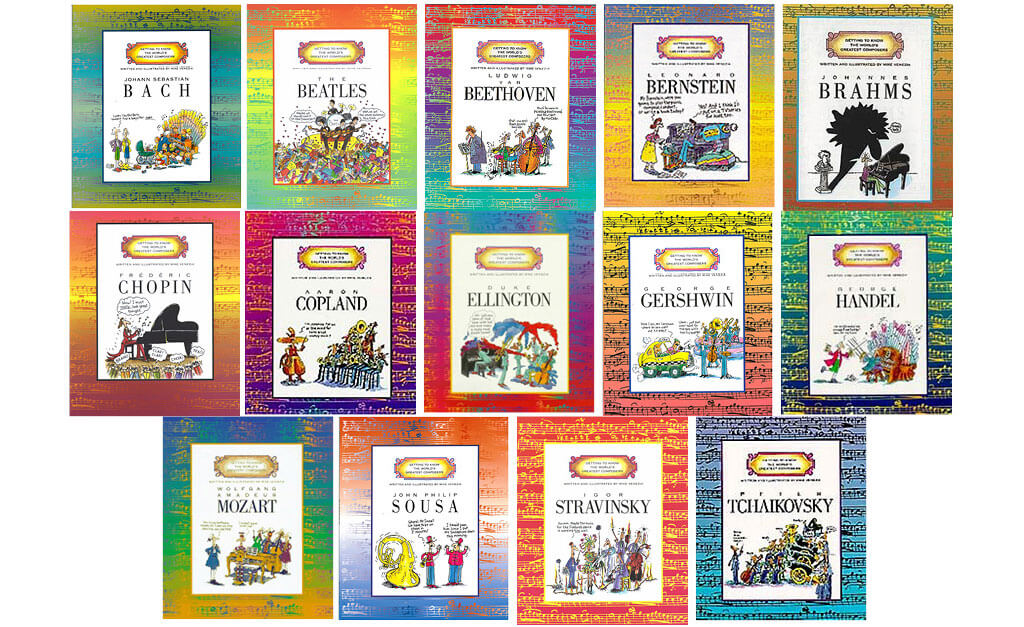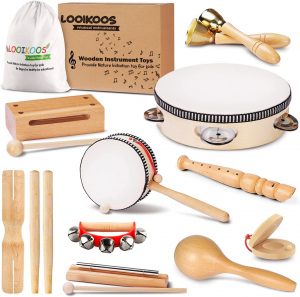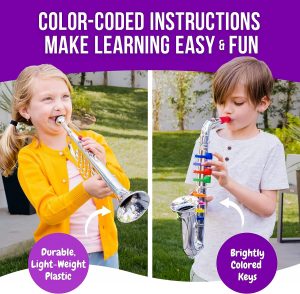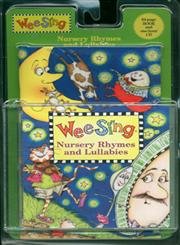049. Internships, First Job, Money, Entrepreneurships


049.
Internships, First Job, Money, Entrepreneurships
With flexible schedules and the freedom to tailor their education to their unique interests and passions, Homeschool Teens are making a big impact! We’re talking about the valuable lessons and challenges they face as their education intersects the adult world of jobs, business, money, and other exciting opportunities!
Tune In to help your teen navigate the path to success!

Episode 049:
TWO WAYS TO LISTEN TO THIS EPISODE:
1. Click PLAY Button Above ^^ to listen here.
2. OR Listen on your favorite podcast platform:

Apple – Spotify – Google Play – Amazon – Others
Scroll down for this week’s FREEBIE:
Teen Business Start-Up Packet
Brand New to Homeschooling?
GETTING START PAGE >>
Kindergarten Page >>
High School Series >>
Show Notes
In the ever-evolving landscape of education and career development, one group of young individuals is redefining the conventional route to success – homeschooled teenagers. With flexible schedules and the freedom to tailor their education to their unique interests and passions, these teens are making a big impact! These kids aren’t tied to a classroom all day allowing them to get school done in a fraction of the time with plenty of extra time in their day. They are gaining real world experiences with part time jobs, internships, and even embarking on entrepreneurial ventures.
In today’s episode we’re going to be talking about helping your teen navigate the path to success. We’re going to be talking about the valuable lessons and challenges they face as their education intersects the adult world of jobs, business, money, and other exciting opportunities. Whether you’re a homeschooling parent seeking guidance on how to support your teen’s aspirations, a homeschooled student eager to embark on your own journey, or simply curious about the dynamic world of young entrepreneurship and career development, hopefully this episode will help get you started.
What is an internship and how can students begin to look for one? (4:40)
An internship is a period of work experience offered to a student, apprentice, or trainee to gain work experience or satisfy a certain requirement. Internships are generally fully monitored learning experiences and may be paid or unpaid. Participating in an internship isn’t a new concept. Although we don’t hear about them as often, they are still considered a powerful addition to a high schooler’s transcript and their toolbelt of life skills.
There are several reasons your teen may want to seek out an internship:
Exploration: Internships are designed to offer hands-on training and real-world insights, so they enable teens to explore different career paths within their field of interest. It’s a chance to gain exposure to various roles and responsibilities and help them clarify their career goals.
Learning and Skill Development: Interns have the opportunity to acquire and develop practical skills, knowledge, and competencies related to their chosen field. This hands-on experience can complement their academic education.
Networking: Internships help build professional networks by connecting teens with experienced professionals in their field. Building these relationships can be valuable for future job opportunities. For some, internships serve as a steppingstone to full-time employment with the same organization. Many companies use internships as a recruitment tool to identify potential future employees.
We have several friends who have already had ready jobs out of college or right after high school graduation through companies they interned with.
Resume Building: Internships provide a valuable addition to a resume. Employers often look for relevant internship experience when hiring, as it demonstrates a candidate’s practical understanding of the work they’ll be doing.
Transition to Full-Time Employment: Internships can vary widely in terms of duration, compensation (some are paid, while others are unpaid or offer stipends), and the level of responsibility given to interns. They can take place in various settings, including corporations, non-profit organizations, government agencies, research institutions, and more. Additionally, internships can be part-time or full-time, and they may be available during the summer or throughout the academic year.
Overall, internships can be a great opportunity for teens to gain practical experience, test the waters in that field, and prepare for future career success. Finding an internship as a high school student can give valuable experience that can help them gain real-world skills and explore potential career paths.
How Do You Find Internships?
First, have your high schooler identify their interests, skills, and career goals. What fields or industries are they interested in? What skills do they want to develop? Knowing this will help narrow down internship opportunities.
Network! Encourage your teen to talk to friends and family members (or friends and colleagues of family members) who might know of internship opportunities. If you outsource any classes, have them talk to those teachers. Sometimes, personal connections can lead to great opportunities. They can also reach out directly to local companies, non-profits, or government agencies to inquire about internship opportunities. They can send emails, make phone calls, or visit in person.
Many websites list internship opportunities for high school students. Some popular platforms include:
- www.Internships.com
- www.Indeed.com
- www.LinkedIn.com: Your child can create a LinkedIn profile to connect with professionals and search for internships.
Teach them how to create and keep the résumé updated. We talked about that extensively in our high school documents episode.
Depending on their field of interest, joining relevant professional organizations or clubs might provide some networking opportunities and internship leads.
In this high school series, we created an episode and post about extracurricular and volunteering. If they are taking these opportunities with organizations related to their interests, those can be potential steppingstones to finding an internship. It allows them to build connections and gain relevant experience. Get your FREE Extracurricular Workbook.
Due to the rise of remote work, some companies offer virtual internships that can be done from home. This can expand the range of opportunities available to high school students. Non-profit organizations and local governments often have internship programs for students interested in community service or public administration. Sometimes, local colleges or universities offer internship programs for high schoolers. Your teen can check to see if those kinds of programs exist in your area.
Like we mentioned, you’ll want to help your high schooler create a professional resume and cover letter that highlights their skills, interests, and any relevant coursework or extracurricular activities. They can submit these when applying for internships. If they secure an interview, help them prepare by practicing common interview questions and conducting mock interviews. Confidence and good interview skills can really make a difference.
Finding an internship can be competitive, so encourage your child to keep applying and networking, even if they face rejection. Each application and interview can provide valuable experience. Remember that internships for high schoolers may be unpaid or offer minimal compensation, so you’ll want to keep that in mind. It’s often an extension to their education so even if they don’t get pay, the experience can make all the difference. It’s also important to ensure that the internship is safe and appropriate for your child’s age and maturity level. Always verify the legitimacy of the organizations offering internships and prioritize safety and ethical considerations.
How do you support your teenager in a new job? (13:24)
Starting a first job and earning money is an important milestone for a teenager. It’s an opportunity to learn valuable life skills and develop financial responsibility. It might also be a way for them to socialize and gain experience in something that they are interested in.
Where do your teens even find jobs? A lot of teenagers start in restaurants, or doing things like babysitting, and pet sitting. They can give music lessons, or swimming lessons, and be a lifeguard. The possibilities are endless.
Key things that are important for a teen who has just started their first job:
Budgeting: Help your teen create a budget to manage their income. Teach them to allocate money for essential expenses (e.g., transportation and savings) and fun money (e.g., entertainment, hobbies). Teach them the importance of living within their means and staying out of debt.
Teen Finance Book Recommendations:
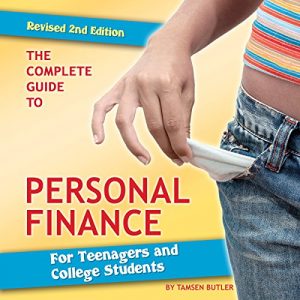
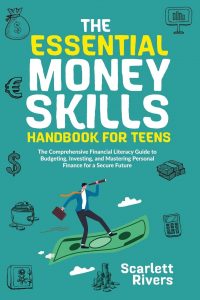

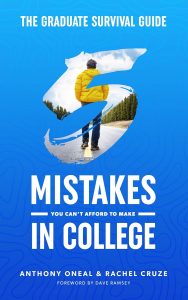

Savings: Encourage them to save a portion of their earnings regularly. Opening a savings account can help them separate their savings from their spending money. Our bank allowed for my kids to open savings accounts at 10 years old and we took advantage of that program. They offered a lot of incentives for younger kids to learn about money. They even had a really great website with games to teach about financial literacy. You want them to learn the concept of short and long-term savings goals. Encourage them to set financial goals. These could include saving for college, a car, or a special purchase they’ve had their eye on. Setting goals can motivate them to save and manage their money wisely.
Financial Education: Teach your teenager about basic financial concepts such as interest, taxes, and inflation. This will help them make informed financial decisions in the future. Depending on their income and the tax laws in your area, they may need to file a tax return. Help them understand their tax obligations and teach them how to file. Look at their pay stub with them and teach them what all the numbers mean, including deductions for taxes and any other withholdings. They will also need to know what things to fill out on their new hire documents.
Responsible Spending: Discuss responsible spending habits. Teach your teenager to differentiate between needs and wants. Encourage them to make thoughtful spending decisions rather than impulsive purchases. Emphasize the importance of avoiding unnecessary debt. If you can’t afford it today, don’t buy it. Teach them about the risks of credit cards and loans and the impact of high-interest debt on their finances.
You may also want to have that college discussion now and talk about what you intend to cover and/or if you will expect your teen to front some of these costs. If your teenager plans to attend college, explore options for saving for tuition and other expenses. Discuss financial aid, scholarships, and the potential need for student loans.
Work Ethic: Remind your teen about the importance of a strong work ethic. Really, this is stuff you’ve been teaching them all along. Punctuality, responsibility, and a positive attitude are essential skills for work, and in life. At work, showing these qualities can lead to future job opportunities and promotions. Balancing work, school, and extracurricular activities can be challenging. Help them develop effective time management skills and check in with them to ensure they don’t become overwhelmed.
Use their first job as an opportunity to explore potential career interests. Discuss their experiences, what they like, and what they don’t like about their job. This can help them make more informed career choices in the future. I think there are certain jobs everyone should work at least once, if for no other reason than to have an appreciation for the people who do these jobs every day, and to learn what you don’t like! You should definitely do your turn in food service and customer service.

Giving your support and having open communication are crucial during this time. Encourage your teenager to ask questions and seek help when needed. Sometimes teenagers think they know everything, but they’ve never done this before, they’re going to need guidance. By helping them develop good financial habits and life skills early on, you’re setting them up for a more secure and responsible financial future.
What is Entrepreneurship and how can I encourage my teen along this pathway? (23:08)
Entrepreneurship refers to the process of creating, developing, organizing, and managing a business or startup venture with the aim of achieving financial profit, social impact, or both. Entrepreneurs are individuals who take on the risks and responsibilities of starting and operating a new business or introducing innovative solutions to existing problems or markets. Exploring business opportunities as a teenager can be an exciting and valuable experience.
Homeschooling is a natural way to develop and encourage teen entrepreneurs, find business opportunities and learn to develop business skills. Statistically more homeschooled children go on to develop their own businesses than public schooled kids. This is because most have learned from a very young age to be independent thinkers and learners. If they have an idea, they have time and the ability to find the resources they need to answer the questions and pursue their goal.


There are so many ways that teens can get started. Encourage them to think about what they are passionate about. Entrepreneurship often starts with an idea or a problem that needs solving. What are they genuinely interested in or concerned about? This could be a hobby, a social issue, or a personal interest. Understanding the fundamentals of business is essential. Your teenager can start by reading books (we will have our complete list of titles in our show notes), taking online courses, or enrolling in dual credit classes related to business and entrepreneurship.
Many organizations and local business associations offer workshops and seminars for young entrepreneurs. These events provide valuable insights and networking opportunities. Networking can also lead to opportunities. You might also think about finding a mentor who has experience in entrepreneurship can be incredibly beneficial. A mentor can offer guidance, share their experiences, and provide valuable connections.

Encourage your teen to begin with a small venture or project. This could be a neighborhood lawn care service, teaching piano to younger students, selling handmade crocheted stuffed animals on Etsy, or a tutoring service. Starting small allows them to learn without taking on too much risk. Use the list we created to help them brainstorm and refine a business idea. It should solve a problem or meet a need in the market. They can conduct market research to understand their target audience and competition. And then you can use our teen startup packet to teach them how to create a basic business plan that outlines their goals, target market, marketing strategy, budget, and revenue projections. While it doesn’t need to be overly complex, having a plan helps them stay organized.
If their business involves a product, encourage them to create a prototype or Minimum Viable Product (MVP). This allows them to test their idea and gather feedback from potential customers. A friend of ours used to crochet those cute stuffed animals and sold them to other homeschool teens at Park Days, and eventually started to sell them at a farmer’s market that led to an Etsy shop. She’s so talented and she works fast, but she couldn’t keep up with demand!
Establishing an online presence through social media is crucial for most businesses today. Teach them how to create a professional online presence and use social media for marketing. They can also create their own free website. Teach them how to do that. There are so many great free tutorials on YouTube. Take advantage of them! The business world is constantly evolving. Encourage your teenager to stay informed about industry trends, new technologies, and changing consumer preferences.
Depending on the nature of their venture, your teenager may need some initial funding. They can use their savings, ask for a small loan from family members, or explore crowdfunding platforms for fundraising. Make sure they understand any legal requirements for operating a business in your area, such as permits, licenses, and tax obligations. Entrepreneurship involves taking risks, and not every venture will succeed. Teach them that failure is a part of the learning process, and it’s important to analyze what went wrong and apply those lessons to future endeavors. “Failure is success in progress.” – Albert Einstein
While your kids are exploring entrepreneurship, work and internships, it’s crucial for them to continue their education. A solid educational foundation can complement their working journey. It’s all about having a growth mindset. Remember to provide guidance and support throughout the process. All of these things can be extremely rewarding, but they can also be challenging. Our job as homeschoolers is to guide our children not only through curriculum, but to help them develop valuable skills and gain real-world experiences.





